OUTREACH & PUBLIC ENGAGEMENT
Our Outreach & Public Engagement programme seeks to create collaborative working relationships between our students and the Schools Outreach and Public Engagement teams within the Department of Chemistry, alongside local schools, colleges and University departments. Our main aim is to make science more exciting, understandable and relevant to the general public, in an attempt to encourage more people to take an interest in science, technology, engineering and maths (STEM) subjects generally and chemistry in particular.
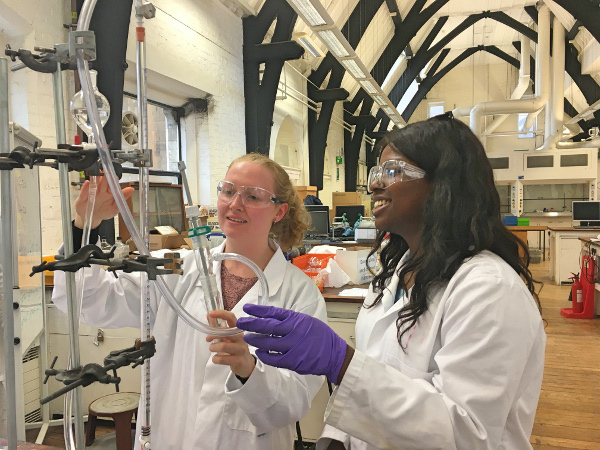
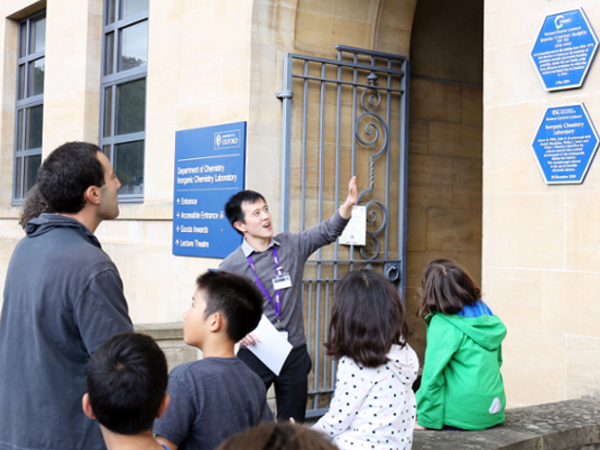
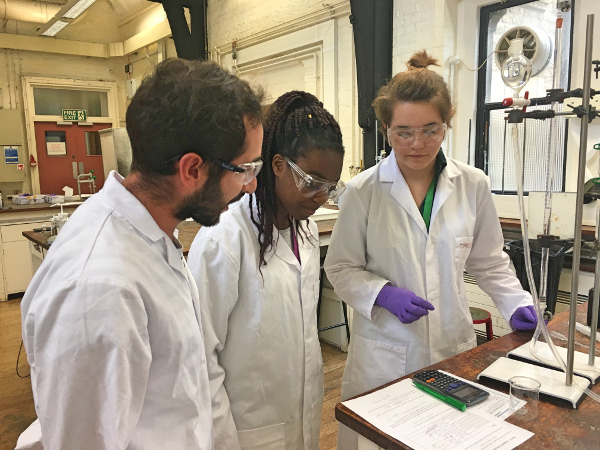
ENGAGING WITH BRIGHT YOUNG MINDS
Collectively, our students have already participated in more than sixty hands-on activities, directed to students ranging from 5-18 years old, and covering several areas of chemistry: catalytic decomposition, natural product chemistry, combinatorial esters, forensics, chirality in nature and chemistry, the chemistry of dyes, and so on.
Students also work with UNIQ summer school students, delivering tutorial sessions to give them a flavour of the tutorial system at Oxford, and fun lab demonstrations such as the extraction of limonene, making polymers, depressing the freezing point of water and making chemical models.
Some of our students have participated in the popular workshop “Spectroscopy in a Suitcase”, which is a Royal Society of Chemistry initiative for teaching spectroscopy through hands-on experience to year 10-12 students. As well as covering the principles of spectroscopic techniques, the activities use real-life contexts to demonstrate the applications of the techniques.
Our students have also developed and presented new, exciting activities to schools across Oxfordshire, including a Murder Mystery workshop and explaining VSEPR theory with balloons.
Students also work with UNIQ summer school students, delivering tutorial sessions to give them a flavour of the tutorial system at Oxford, and fun lab demonstrations such as the extraction of limonene, making polymers, depressing the freezing point of water and making chemical models.
Some of our students have participated in the popular workshop “Spectroscopy in a Suitcase”, which is a Royal Society of Chemistry initiative for teaching spectroscopy through hands-on experience to year 10-12 students. As well as covering the principles of spectroscopic techniques, the activities use real-life contexts to demonstrate the applications of the techniques.
Our students have also developed and presented new, exciting activities to schools across Oxfordshire, including a Murder Mystery workshop and explaining VSEPR theory with balloons.
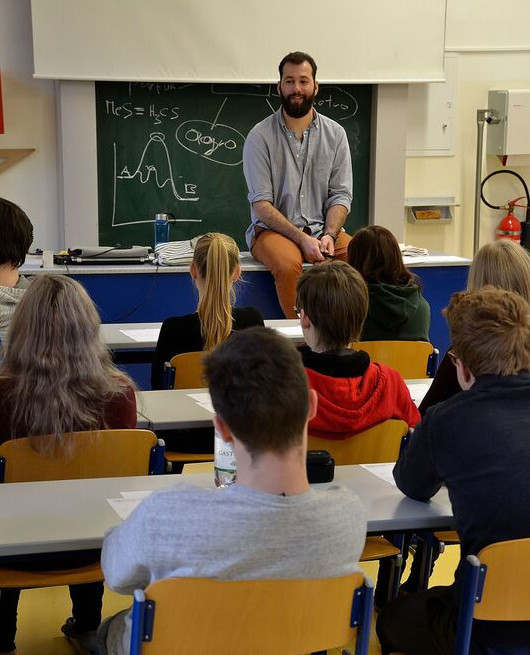
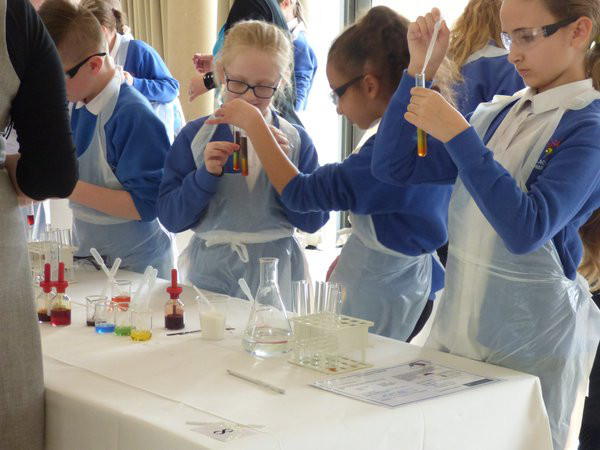
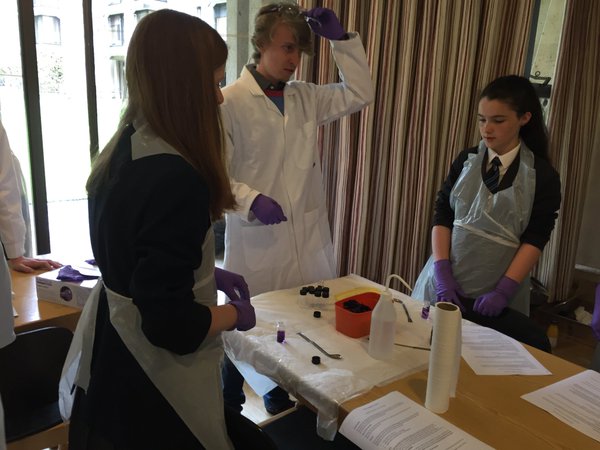
Murder Mystery Workshop
Developed by four 2014 cohort students (Kilian, Joe, James and Yao), the aim is to identify a suspect that has been involved in a fictional crime, using chemistry techniques based around the theme of “How do chemists identify molecules”.
In each session, students are given an introductory brief, and then split into groups and rotated around three separate stations.
In each session, students are given an introductory brief, and then split into groups and rotated around three separate stations.
Three analytical techniques are used to narrow down five suspects to one: thin layer chromatography (TLC), Infrared (IR) spectroscopy and pH measurements. With the data obtained from all three techniques, students are then able to identify the fictional culprit. This workshop has been extremely well received, delivering highly impressed and very smiley students at the end of the activity.
Explaining VSEPR Theory
Our students Oliver and Alison (2014 cohort) devised a way of explaining Valence Shell Electron Pair Repulsion (VSEPR) theory using balloons to represent molecule structures in 3D space, progressively popping the balloons to alter the shape of the molecule in accordance with common VSEPR structures. A simple, fun way to present a complex topic.
Sessions have attracted with very positive feedback from students and teachers alike: “A very well presented workshop, with good student engagement and enthusiastic speakers!”
Sessions have attracted with very positive feedback from students and teachers alike: “A very well presented workshop, with good student engagement and enthusiastic speakers!”
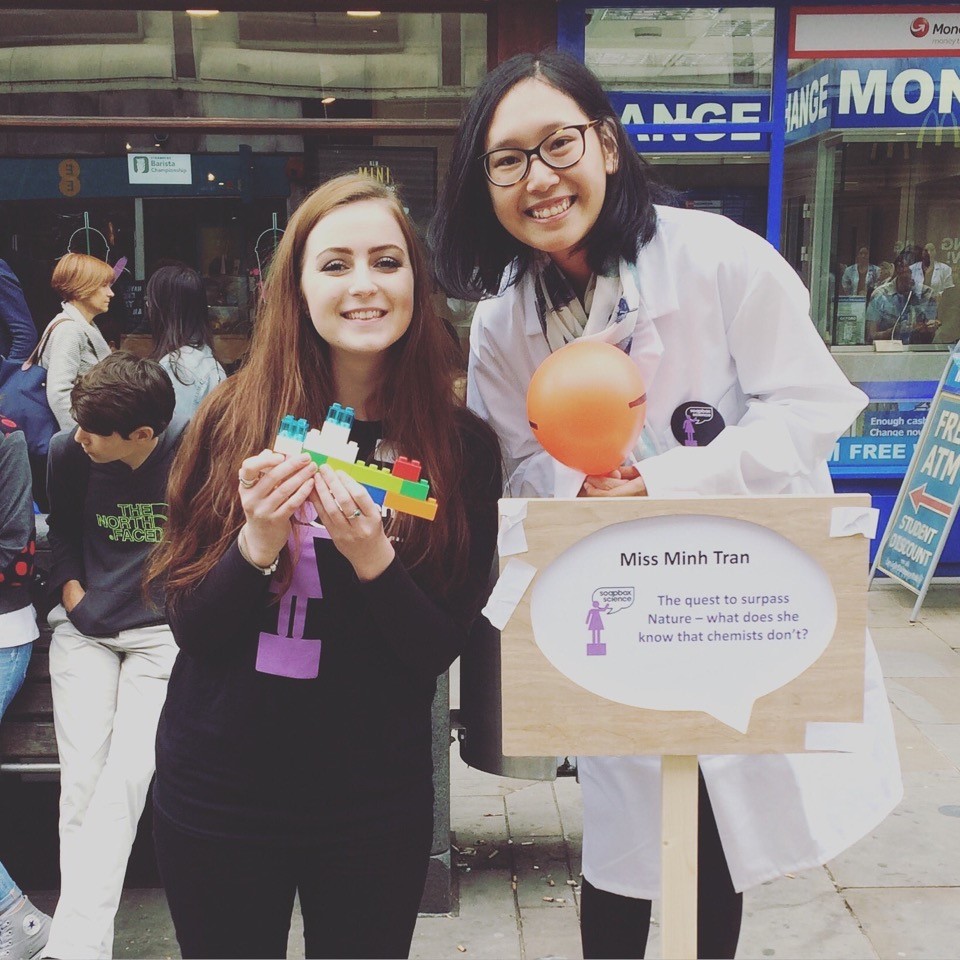
Oxford Soapbox Science
Soapbox Science is a novel public outreach platform to promote women scientists and the science they do. One of our students participated on the Oxford Soapbox Science event, which involved speaking to the general public in one of Oxford’s busiest streets for an hour about her DPhil research in natural product synthesis. Leading up to the day, Minh attended workshops run by Soapbox Science to discuss how to engage with the public, to pilot her activities and to meet other selected speakers, and wrote a blog post to promote her activities and research: 'The quest to surpass Nature - what does she know that chemists don’t?'.
Minh prepared a variety of hands-on activities to explain the importance of medicinal compounds found in nature, the relevance of total synthesis, and the benefits of cascade total synthesis. Her confident nature attracted the public’s attention and Minh delivered an excellent talk, which was articulate and informative.
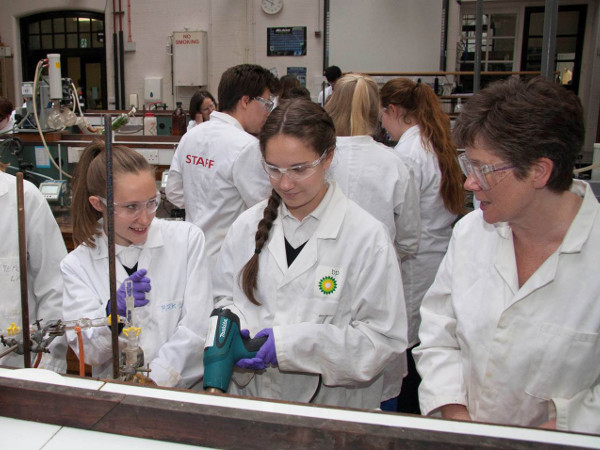
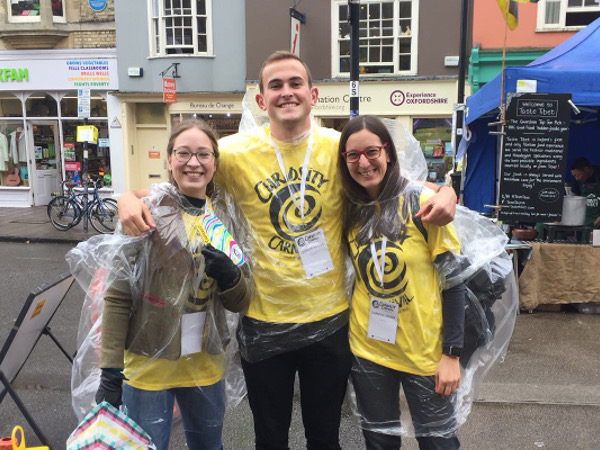
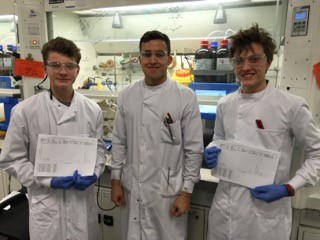
 "/>
"/>
